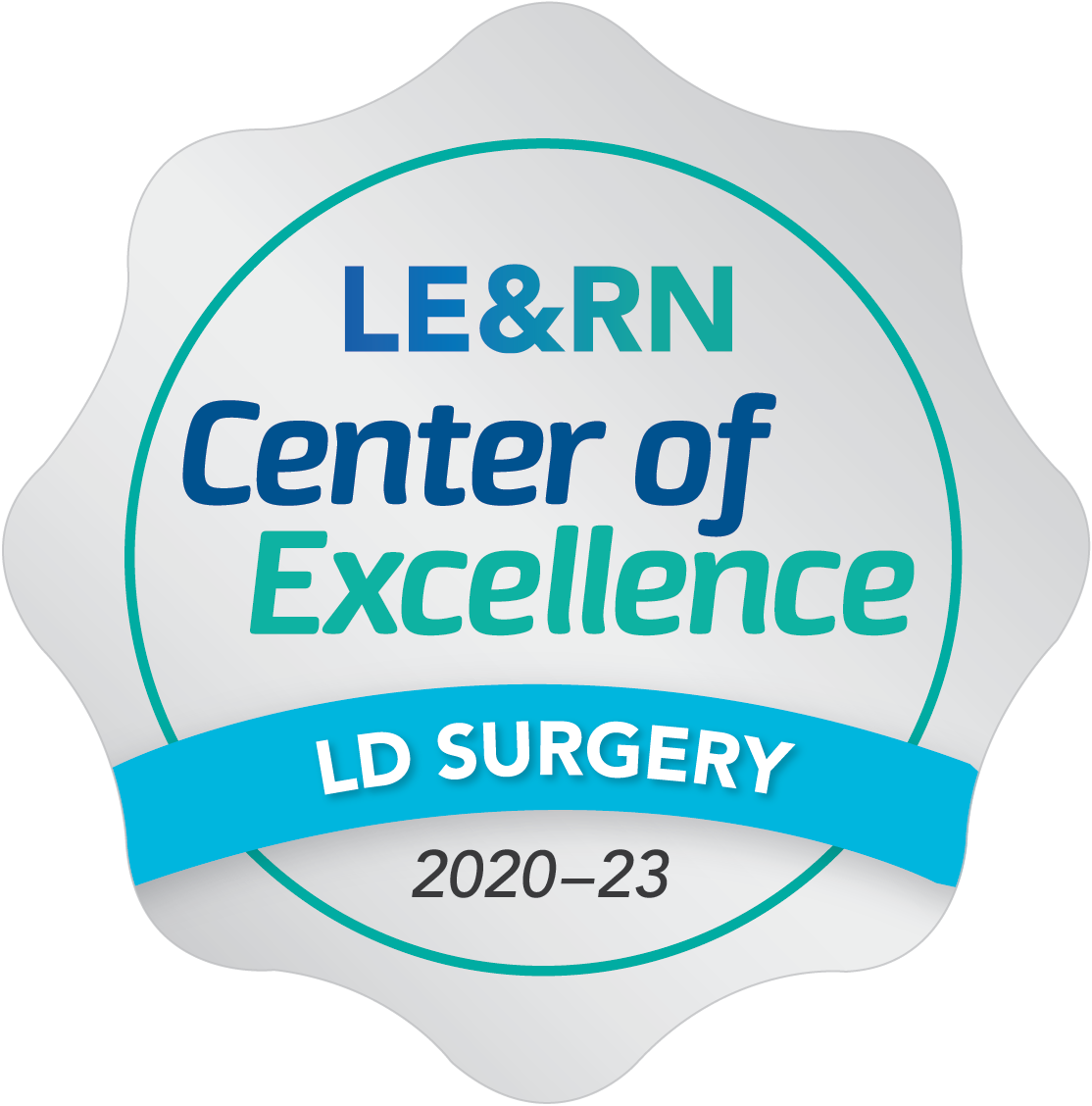Treatment for Lymphedema ②
urgery for Lymphedema 1: Lymphatic Venous Anastomosis
For mild cases of lymphedema, where the degeneration of lymphatic vessels is not very advanced, conservative treatment alone is sufficient. On the other hand, for patients whose lymphedema is worsening due to advanced degeneration of lymphatic vessels, combining conservative treatment with surgical treatment at an early stage has been found to potentially reduce symptoms of lymphedema, slow down the rate of deterioration, and reduce cellulitis (infection).
In this article, we will talk about lymphatic venous anastomosis, which is the least invasive method of surgical treatment.
When lymph node dissection or radiation therapy is performed in the treatment of cancer, including breast, uterine, and ovarian cancer, the flow of lymph fluid through the lymphatic vessels becomes stagnant, leading to a degeneration of the lymphatic vessels and the onset of lymphedema. Lymphatic vessels running from the hands and feet to the center of the body usually flow into a vein (right or left subclavian vein) at a place called the “venous angle” near the heart and return to the larger circulation of fluid. However, as the lymphedema progresses, the lymph fluid cannot reach the venous angle and join the veins due to the degeneration of the lymphatic vessels and the stenosis or blockage of the lymphatic vessels. This further increases the pressure in the lymphatic
vessels, which widens their degeneration and reduces their ability to collect lymphatic fluid, thus continuing the vicious cycle of worsening edema.
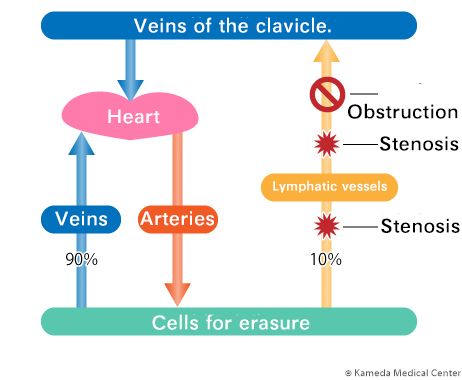
The main purpose of lymphatic venous anastomosis is to break this vicious cycle. By selecting a less damaged lymphatic vessel in front of the stenosis or obstruction in the upper or lower limbs and anastomosing it to the vein to create a “lymph-to-vein bypass pathway,” the congested lymphatic flow that could not join the veins is eliminated and the degeneration of the lymphatic vessel is reduced, improving the symptoms of edema.
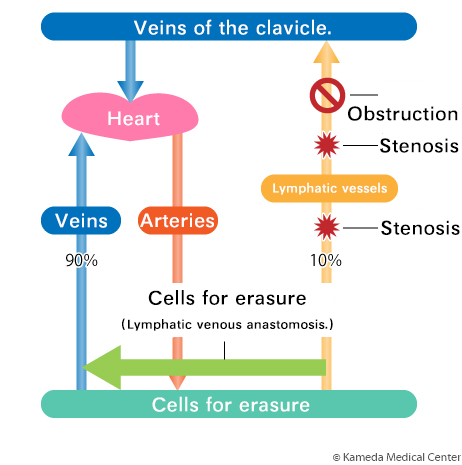
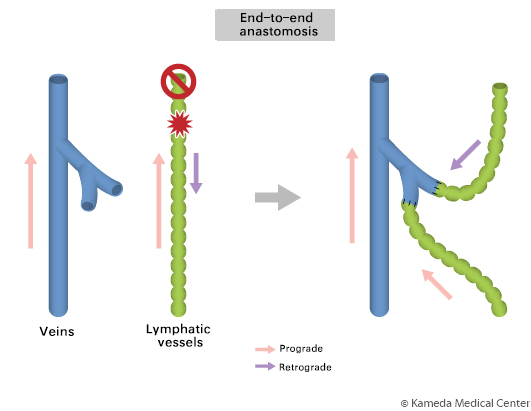
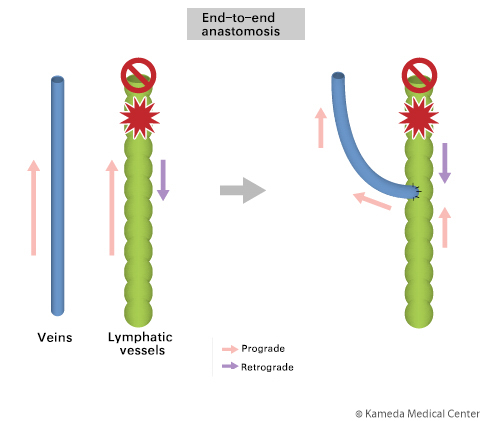
The main feature of this surgery is that it can be performed under a high-precision microscope with only two to five small wounds (about 2-3 cm depending on the severity) with almost no bleeding, making it minimally invasive. Another point to note is that the effectiveness of this surgery depends on the condition of the lymphatic vessels at the time of the surgery. In other words, if the majority of the lymphatic vessels are narrowed or blocked due to advanced degeneration, the effectiveness of the surgery will be low. This is why early diagnosis and treatment of lymphedema are important.
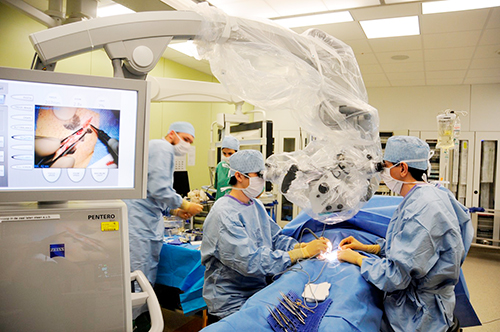

林明辰Akitatsu Hayashi
龟田总合医院/龟田京桥诊所
淋巴水肿中心 院长
世界上首次宣布使用超音波与干涉断层扫描(OCT)的尖端淋巴管形成技术。我们专注于使用此技术传播更有效的淋巴水肿手术。
